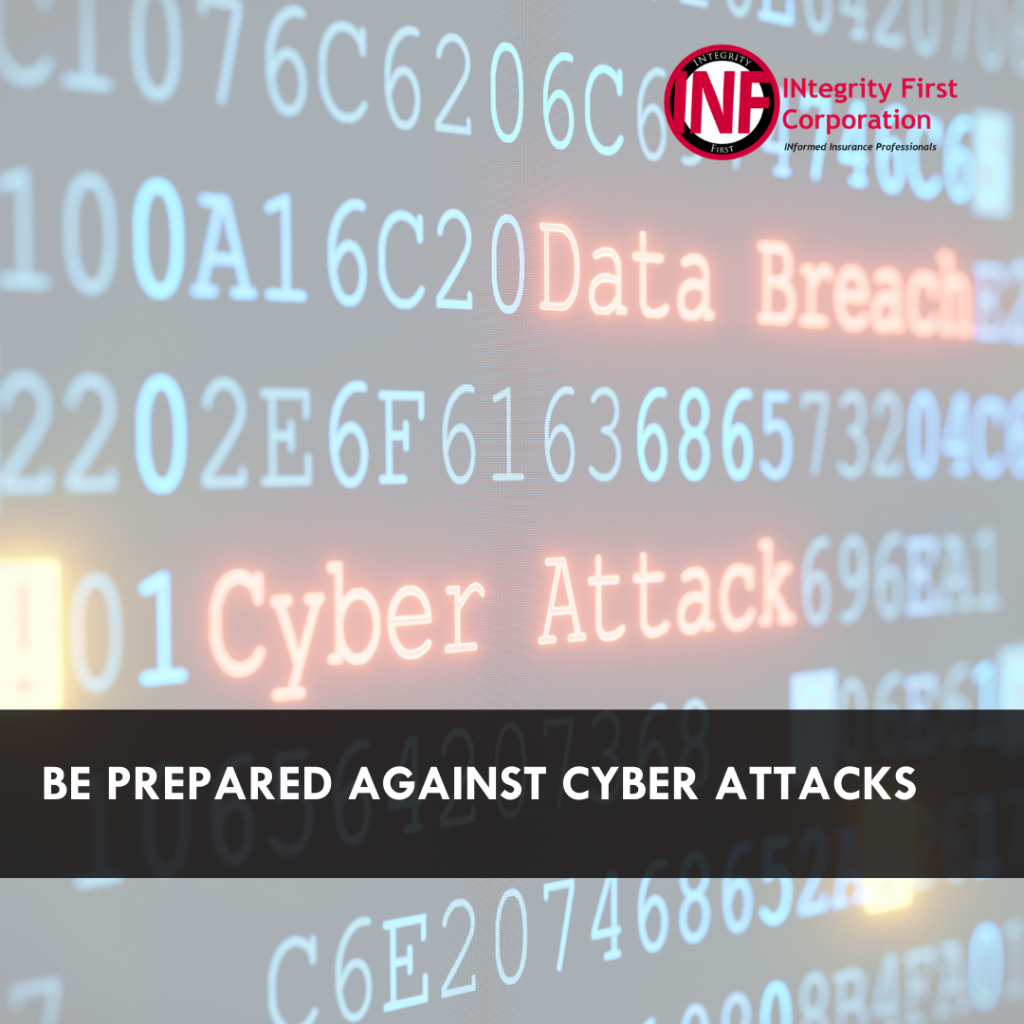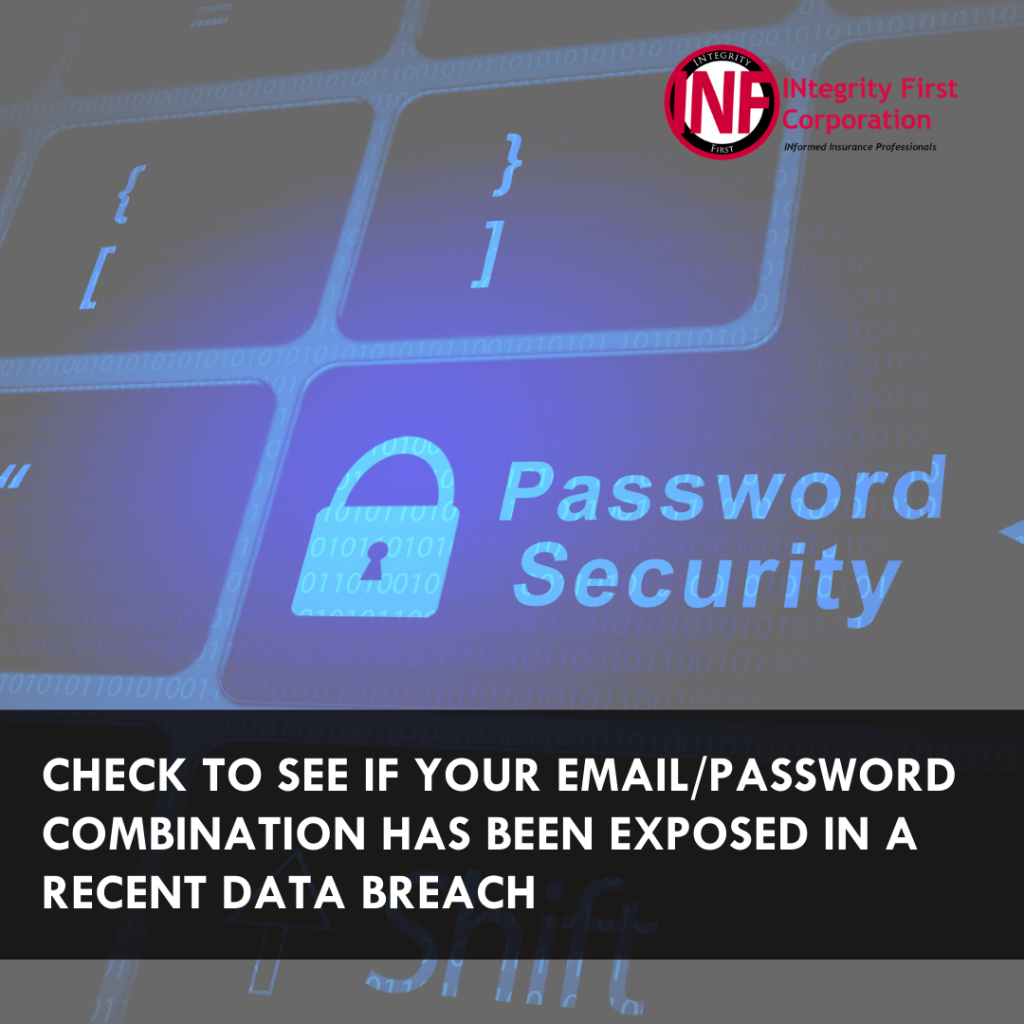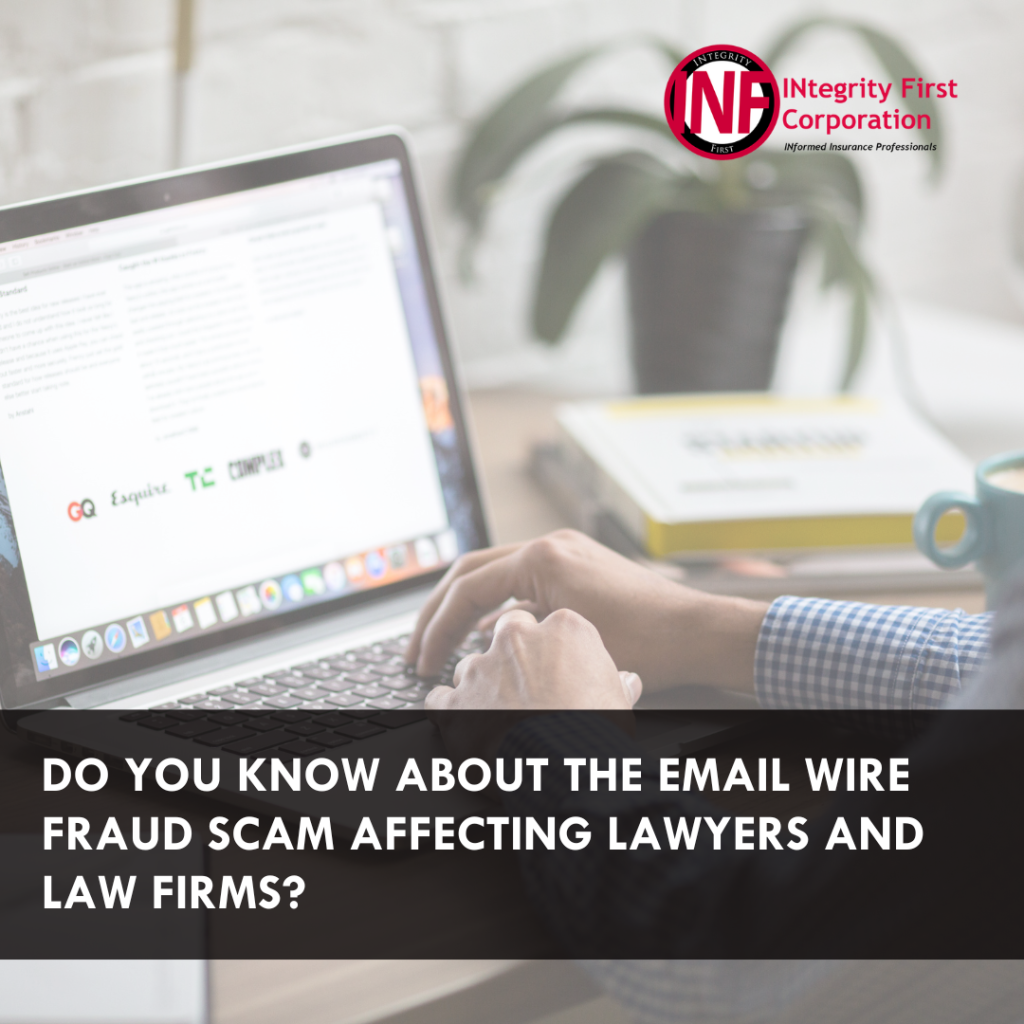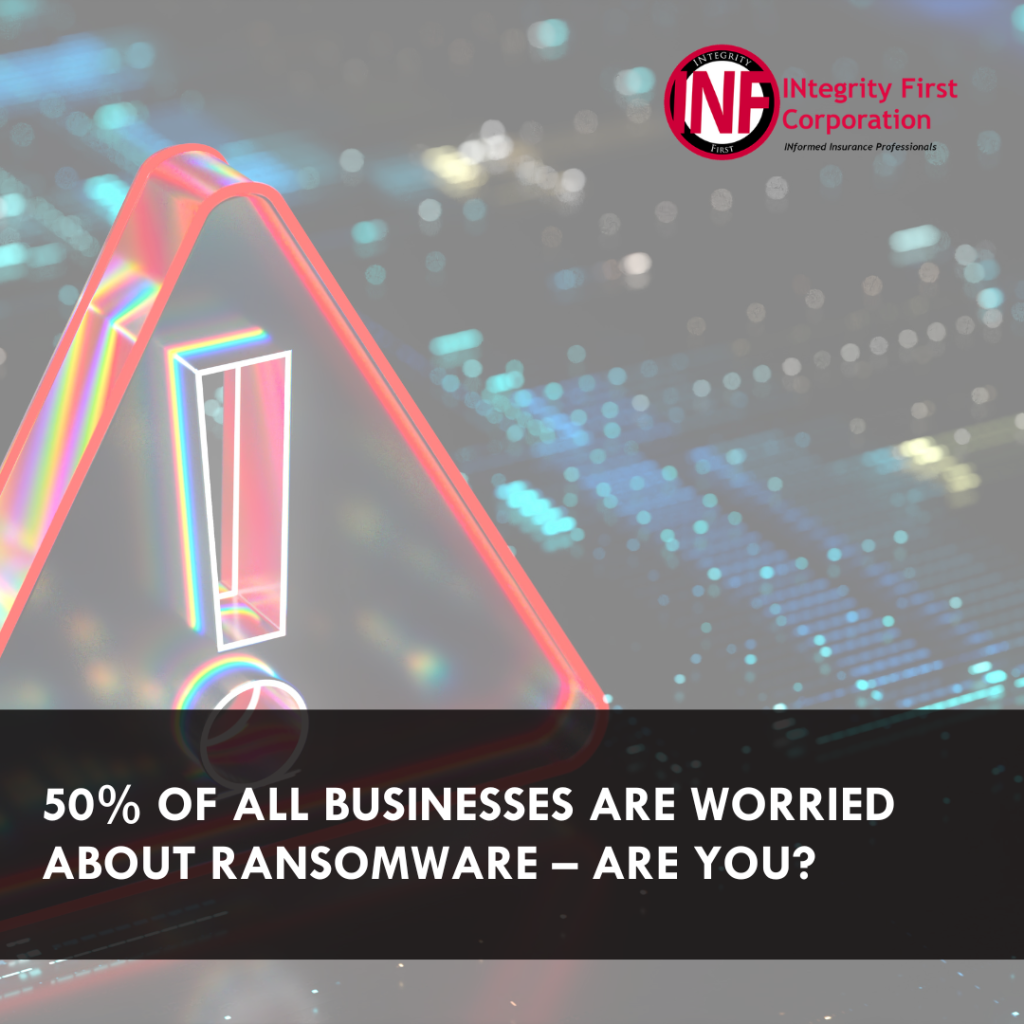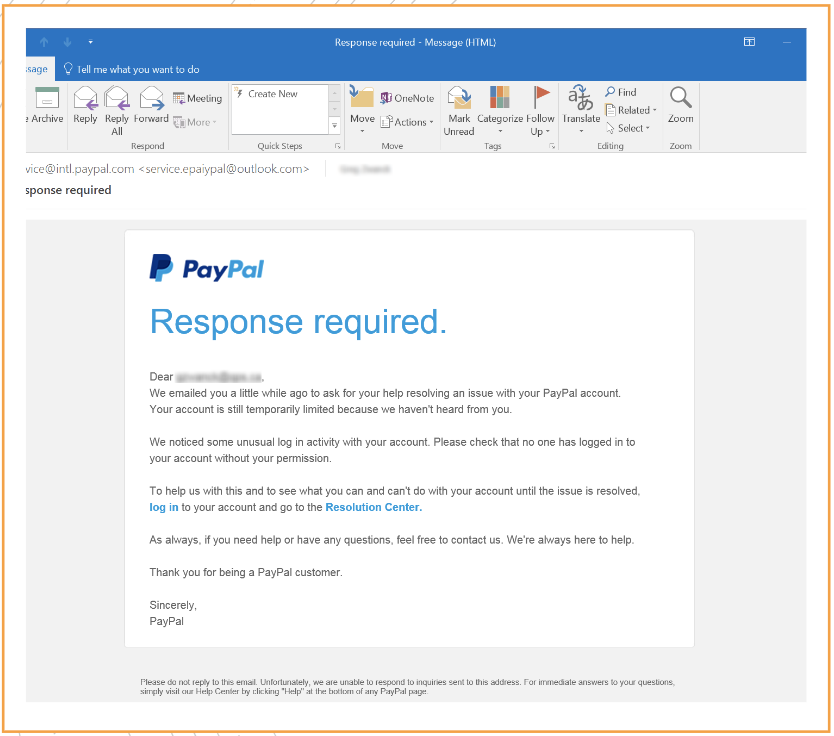Welcome to Week 4 of Cybersecurity Awareness Month! As we continue to focus on protecting your digital assets, it’s time to discuss one of the most effective methods to secure your accounts—Multi-Factor Authentication (MFA). By adding multiple layers of defense, MFA helps to ensure that only authorized users can access your sensitive data.
What Is Multi-Factor Authentication (MFA)?
Multi-Factor Authentication (MFA) is a security measure that requires users to provide two or more verification steps to access an account. Think of it as an extra lock on your digital door. Even if a hacker manages to steal your password, they still need to pass through another security checkpoint to gain access.
How Does MFA Work?
MFA typically comes into play after you’ve entered your password. To complete the login process, you’ll need to provide additional proof of identity. Here are some common types of MFA verification methods:
- An extra PIN: A four- to six-digit code that you must enter in addition to your password.
- Security questions: Pre-set questions that only you should be able to answer, like your mother’s maiden name or the name of your first pet.
- Code sent via email or text: A temporary code is sent to your phone or email, which you must enter to proceed.
- Biometric scan: This could be a fingerprint, facial recognition, or even voice recognition, ensuring that only you can access your account.
- Authenticator app: These apps generate a unique number every 30 seconds, which you use to verify your identity.
- Secure token: A physical device like a key fob that generates a code, providing an extra layer of security.
Why Should You Use MFA?
In a world where cyber threats are constantly evolving, relying solely on passwords is no longer enough. MFA significantly reduces the risk of unauthorized access by adding an additional barrier that hackers must overcome. It’s especially crucial for protecting sensitive information such as financial data, client records, and other confidential materials.
By adopting MFA, businesses can ensure better data protection for their clients and themselves. This simple yet effective security measure helps prevent breaches that could lead to identity theft, financial losses, and damaged reputations.
Take Action Today to Protect Your Business
Cybersecurity is not just about having strong passwords; it’s about adding multiple layers of protection. By enabling MFA, you take a proactive step toward securing your digital environment. Start enhancing your firm’s cybersecurity with these layered defenses and stay ahead of potential threats.
And if you’re looking for additional ways to mitigate your risk, consider cyber liability insurance. It’s a crucial safeguard for businesses in today’s digital age. For more information, give us a call at 412-563-2106.
Strengthen your defenses and keep your data secure—because in the digital world, a little extra protection goes a long way.

